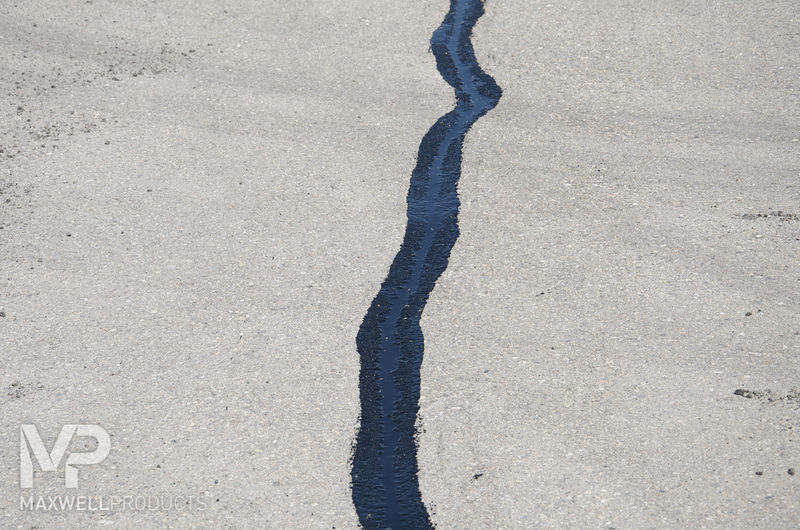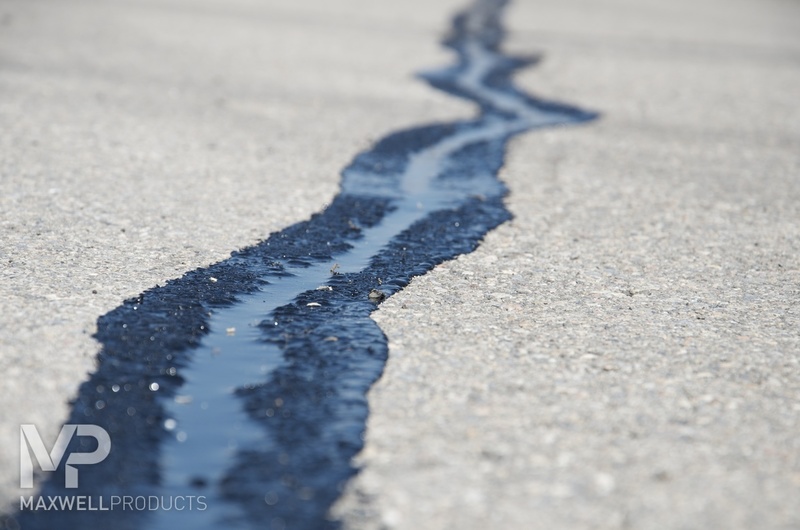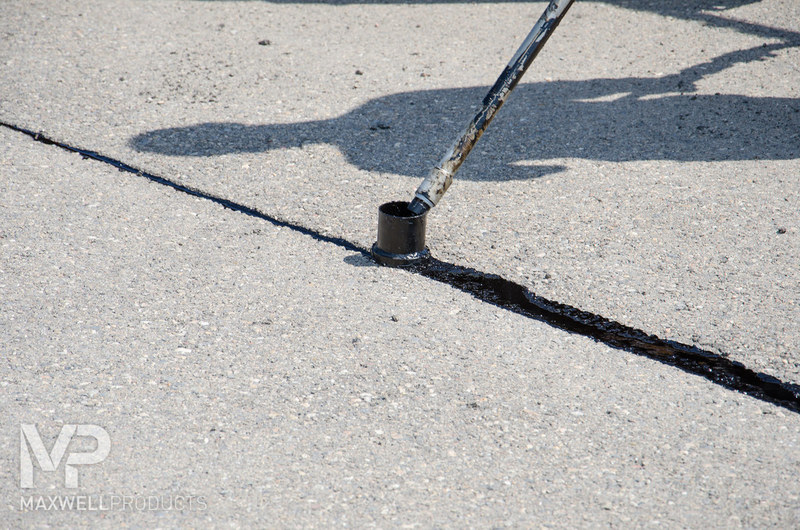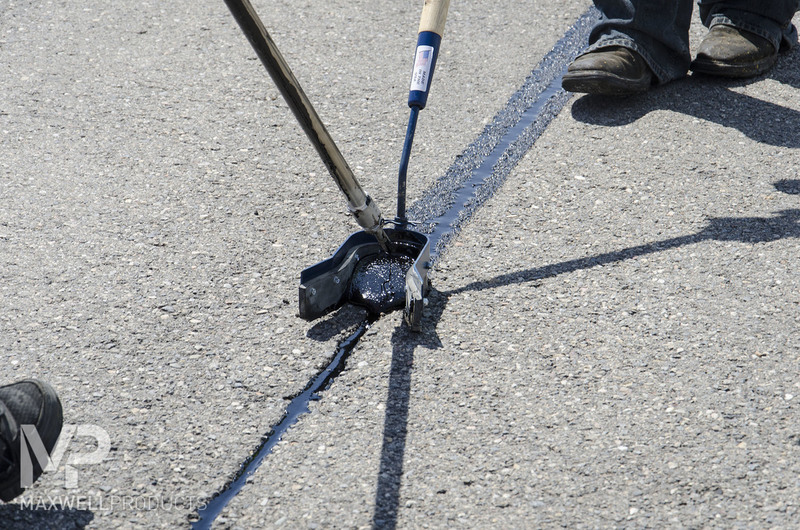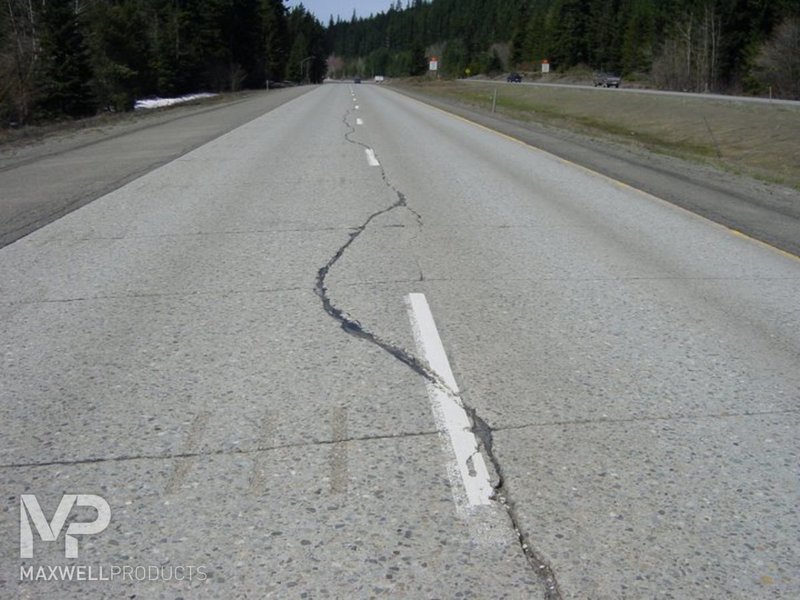View Photo
Solution Center
Repairing Longitudinal Cracking with:
Overband Crack Seal Simple Overband Crack Seal Flush Fill Crack Seal
Problem: Longitudinal Cracking
Longitudinal cracking runs parallel to the pavement centerline (or laydown direction) and can be associated with reflective cracking from an underlying layer, poor joint construction or location (joints located in the wheel path), frost heaving, or load-related stress. Longitudinal cracking may also signal the onset of fatigue cracking (alligators/crocodiles or spider-web cracking).
Solution: Overband Crack Seal
One of the common and cost-effective methods of sealing pavement cracks, overband crack sealing is a procedure whereby the repair crew flush-fills the crack with sealant material and shortly afterward creates a wider band of material over the top. This crack sealing method includes routing of the crack, which provides a reservoir to allow sufficient sealant to properly bond, manage movement, and deliver a superior moisture seal. Filling the crack and overbanding can be accomplished in a single pass; however, some choose to break the process into two steps to accommodate thermal shrinkage of the sealant in the widened reservoir.
Comments
no comments

